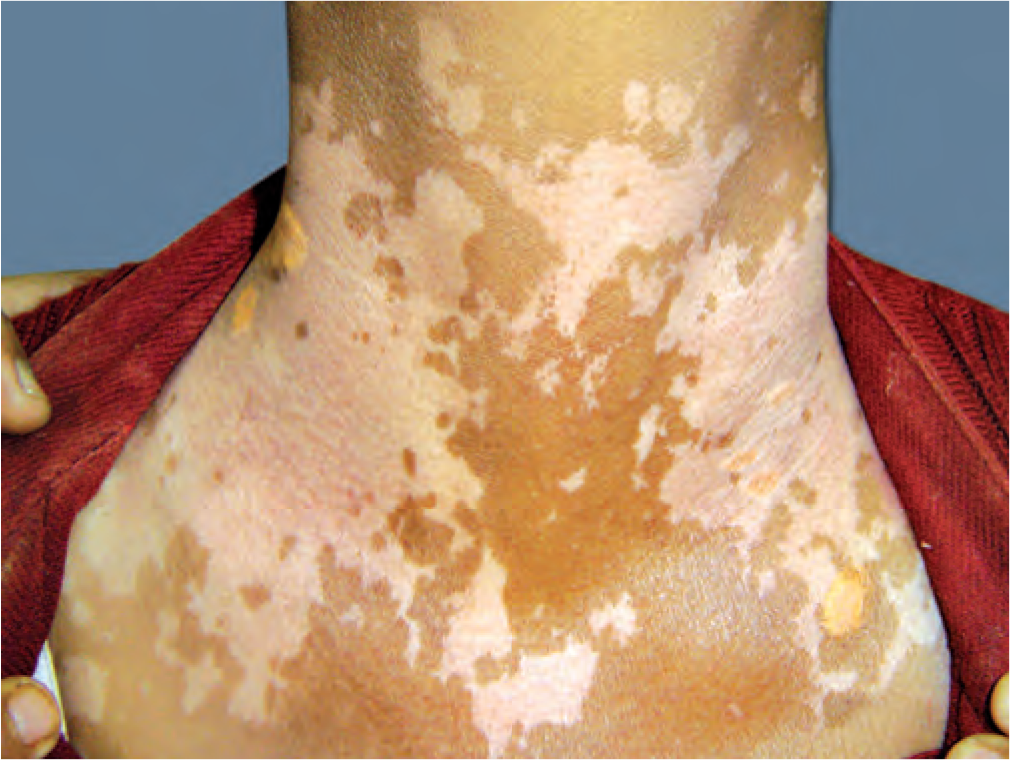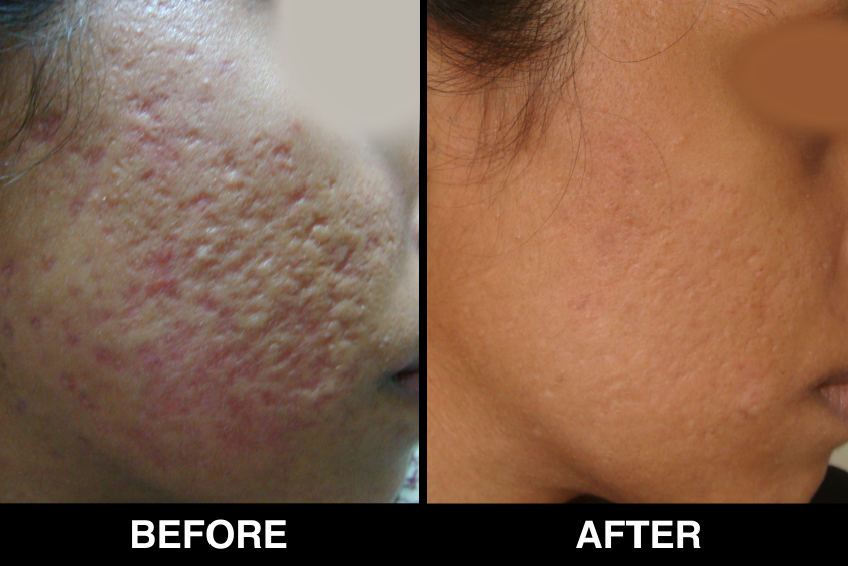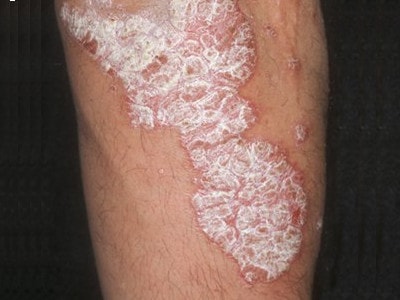Psoriasis Treatment
Psoriasis is a chronic systemic inflammatory disease characterized by skin lesions, with the most common subtype being plaque psoriasis, Plaque psoriasis manifests as red, raised lesions covered in dead skin cells with a silvery appearance Plaques vary in their extent and location, but they often have a bilateral symmetrical distribution and most frequently occur on the elbows, knees, genitals, scalp, lower back, and buttocks.
Patients with Moderate-to-Severe Psoriasis
Psoriasis is primarily diagnosed in young people; 75% of individuals are aged <40 years at the time of diagnosis. For patients diagnosed before age 40 years, peak onset occurs between the ages of 16 and 22 years; diagnosis after age 40 years has a peak age of onset when patients are in their mid-to-late 50s.
Psoriasis has a physical, emotional, social, and economic impact on patients, and is associated with reduced health and productivity, lost work days, and an increased incidence of comorbidities.
Current treatment options include topical therapies, phototherapies, oral systemic therapies, and a wide range of biologics.
Current Treatment Options

Various options are available for the treatment of psoriasis,including topical agents, phototherapies and photochemotherapy, and systemic nonbiologic drugs, such as methotrexate (MTX) and cyclosporine (both immunosuppressive drugs), acitretin (a second-generation retinoid)
In addition, several systemic biologic therapies are currently approved (as of March 2016) by the US Food and Drug Administration (FDA) for the treatment of chronic, moderate-to-severe plaque psoriasis, including infliximab, etanercept, adalimumab, ustekinumab, secukinumab, and ixekizumab
Patient satisfaction with systemic therapy was higher compared with topical treatment. Topical therapy requires a cream or gel to be spread over the affected area of skin, often more than once daily, which is time-consuming and messy; this, and the poor perceived efficacy of topical treatment in moderate-to-severe psoriasis, may account for the low level of patient satisfaction with topical
Phototherapy involves repeated exposure of the skin to ultraviolet (UV) light to treat various inflammatory skin conditions such as psoriasis, eczema, and vitiligo. This therapy is one of the oldest treatment modalities in dermatology, dating back to the ancient Egyptians, who used natural light in combination with herbal extracts to treat skin disease . Phototherapy continues to be a highly preferred treatment by dermatologists
There are three main types of phototherapy used for the treatment of psoriasis: broadband ultraviolet B (BB-UVB), narrowband ultraviolet B (NB-UVB), and psoralen plus ultraviolet A (PUVA).
NB-UVB is the most commonly used phototherapy modality today as it has a wider application across various dermatologic conditions, is easier to use, and has fewer side effects when compared with BB-UVB or PUVA
Phototherapy is most commonly administered in the office setting in stand-up light booths. The starting dose of UV light is determined by the individual patient’s minimal erythema dose (MED) or by Fitzpatrick skin type, and subsequent dosing is increased as tolerated.
Phototherapy is relatively well tolerated, and the most common side effect is burning or itching
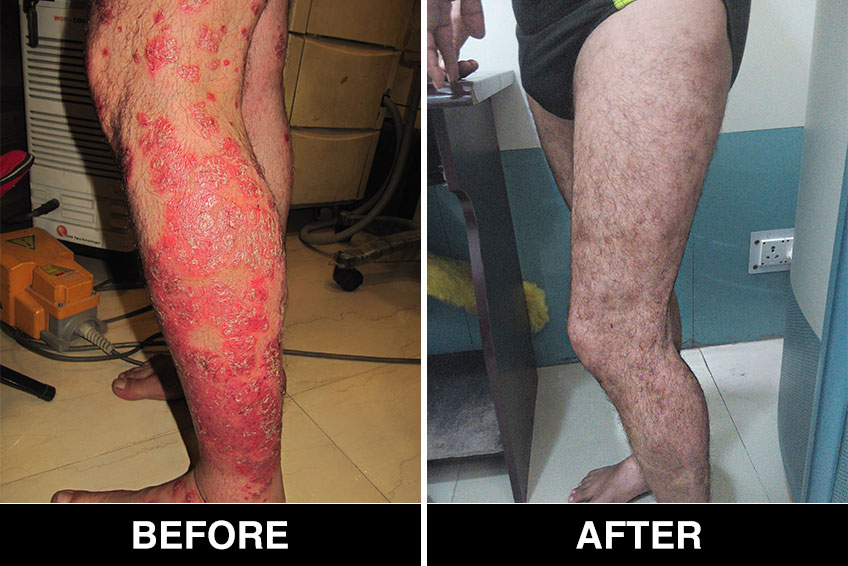
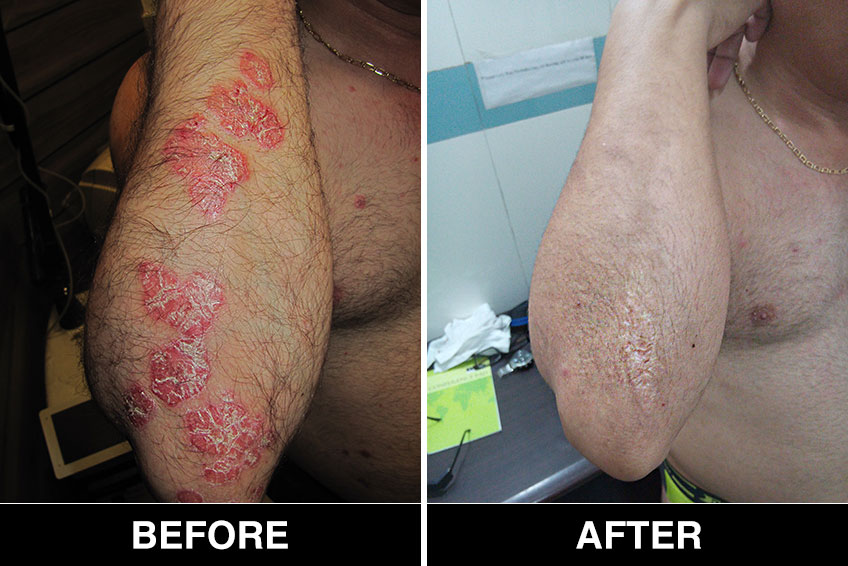

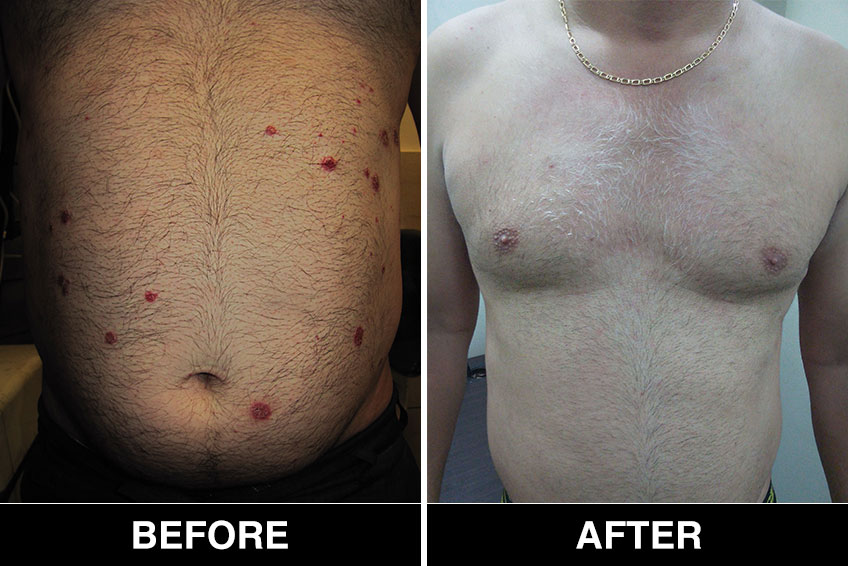
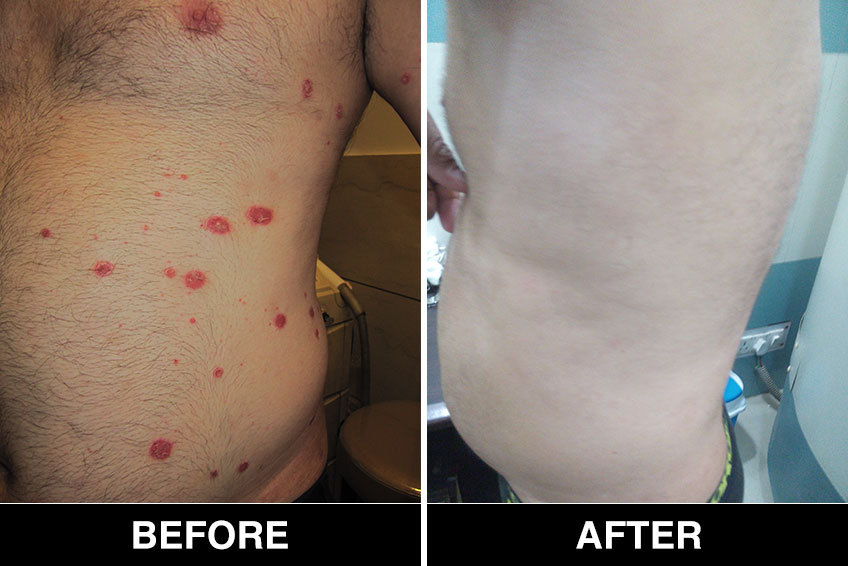
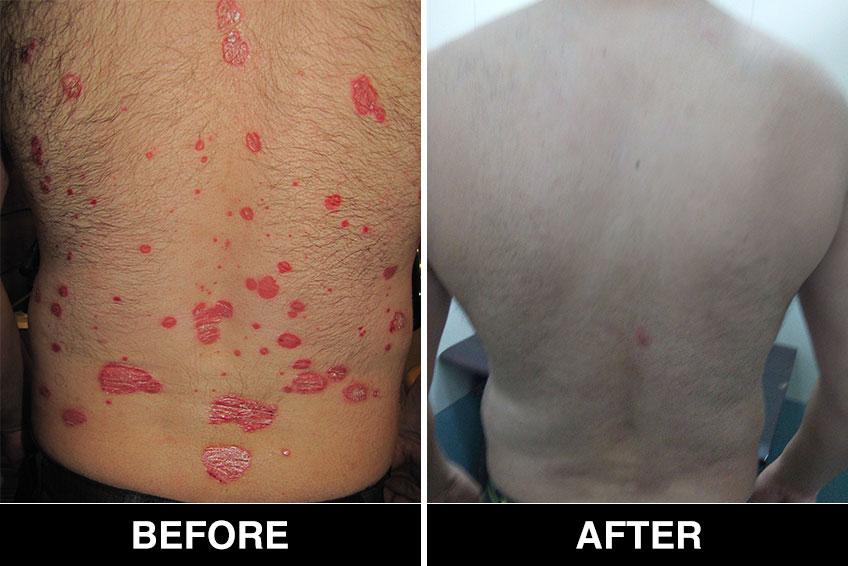
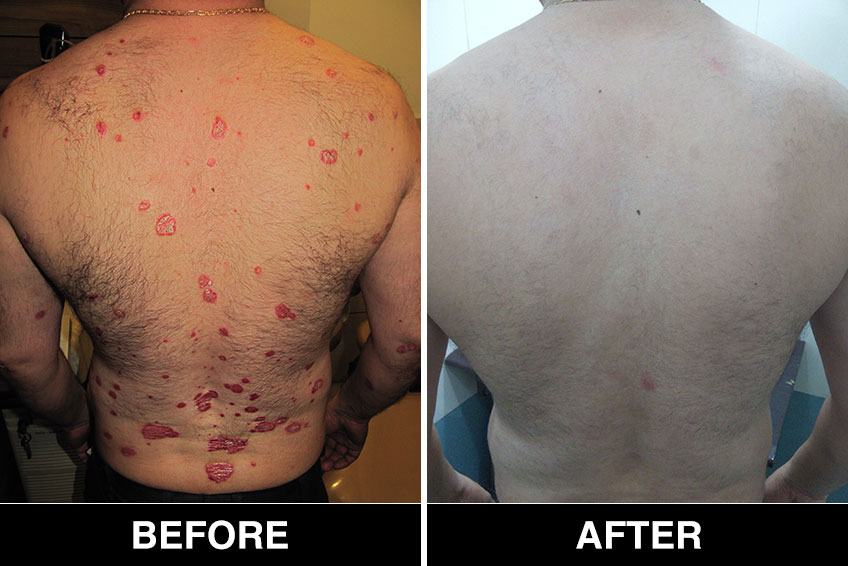
Psoriasis Treatment FAQ’s
No, Psoriasis is not contagious. It is not something you can "catch" or "pass on." The psoriatic lesions may not look good, but they are not infections or open wounds. People with Psoriasis pose no threat to the health or safety of others.
There is no cure, according to modern scientific medicines. It only controls the flare ups of psoriasis for time being.
The unpredictable nature of Psoriasis makes treatment challenging for many people. A wide range of treatments is available. No single Psoriasis treatment works for everyone, but something will work for most people. It is hard to predict what will work for a particular individual; however, it is important to be open-minded and willing to work with your doctor to find a treatment that will work for you.
No special blood tests or diagnostic tools exist to diagnose Psoriasis. The physician or other health care provider usually examines the affected skin and decides if it is from Psoriasis. Less often, the physician examines a piece of skin (biopsy) under the microscope.
Biologics are a new group of drugs for psoriasis which aim at arresting the disease by targeting the basic pathogenic process. Their advantage is less toxic systemic side effects profiles, that improve the quality of life in psoriatic patients. These include TNF-alpha inhibitors (etanercept, infliximab and adalimumab) and IL-17 inhibitors (secukinumab, ixekizumab).
Book An Appointment








